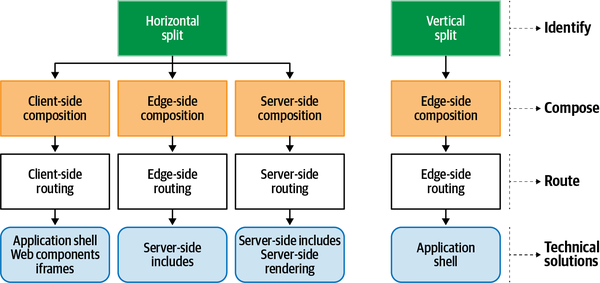The micro-frontends decisions framework helps you determine the best architecture for a project.
Vertical Split
A vertical split offers fewer choices, and because
Although technically you can serve vertical-split micro-frontends with any composition, so far all the explored implementations have a client-side composition in which an application shell is responsible for mounting and unmounting micro-frontends, leaving us with one composition method to choose from. The relation between a micro-frontend and the application shell is always one to one, so therefore the application shell loads only one micro-frontend at a time. Youll also want to use client-side routing. The routing is usually split in two parts, with a global routing used for loading different micro-frontends being handled by the application shell (see ).
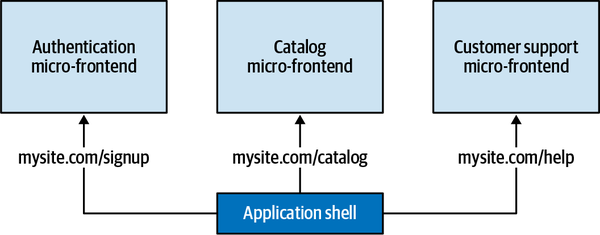
Figure 4-2. The application shell is responsible for global routing between micro-frontends
Although the local routing between views inside the same micro-frontend is managed by the micro-frontend itself, youll have full control of the implementation and evolution of the views present inside it since the team responsible for a micro-frontend is also the subject-matter expert on that business domain of the application ().
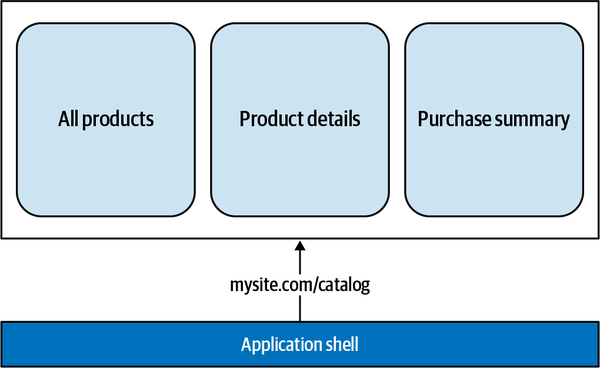
Figure 4-3. A micro-frontend is responsible for routing between views available inside the micro-frontend itself
Finally, for implementing an architecture with a vertical-split micro-frontend, the application shell loads HTML or JavaScript as the entry point. The application shell shouldnt share any business domain logic with the other micro-frontends and should be technology agnostic to allow future system evolution, so you dont want to use any specific UI framework for building an application shell. Try Vanilla JavaScript if you built your own implementation.
The application shell is always present during users sessions because its responsible for orchestrating the web application as well as exposing some life cycle APIs for micro-frontends in order to react when they are fully mounted or unmounted.
When vertical-split micro-frontends have to share information with other micro-frontends, such as tokens or user preferences, we can use query strings for volatile data, or web storages for tokens or user preferences, similar to how the horizontal split ones do between different views.
Horizontal Split
A horizontal split works well when a business subdomain should be presented across several views and therefore reusability of the subdomain becomes key for the project; when search engine optimization is a key requirement of your project and you want to use a server-side rendering approach; when your frontend application requires tens if not hundreds of developers working together and you have to split more granular our subdomains; or when you have a multitenant project with customer customizations in specific parts of your software.
The next decision youll make is between client-side, edge-side, and server-side compositions. Client side is a good choice when your teams are more familiar with the frontend ecosystem or when your project is subject to high traffic with significant spikes, for instance. Youll avoid dealing with scalability challenges on the frontend layer because you can easily cache your micro-frontends, leveraging a content delivery network (CDN).
You can use edge-side composition for a , embracing this architecture style has some challenges, such as its complicated developer experience and the fact that not all CDNs support it. But projects like online catalog with no personalized content may be a good candidate for this approach.
Server-side composition gives us the most control of our output, which is great for highly indexed websites, such as news sites or ecommerce. Its also a good choice for websites that require great performance metrics, similar to PayPal and American Express, both of which use server-side composition.
Next is your routing strategy. While you can technically apply any routing to any composition, its common to use the routing strategy associated with your chosen composition pattern. If you choose a client-side composition, for example, most of the time, routing will happen at the client-side level. You might use computation logic at the edge (using Lambda@Edge in case of AWS or Workers in CloudFlare) to avoid polluting the application shells code with canary releases or to provide an optimized version of your web application to search engine crawlers leveraging the dynamic rendering capability.
On the other hand, an edge-side composition will have an HTML page associated with each view, so every time a user loads a new page, a new page will be composed in the CDN, which will retrieve multiple micro-frontends to create that final view. Finally, with server-side routing, the application server will know which HTML template is associated with a specific route; routing and composition happen on the server side.
Your composition choice will also help narrow your technical solutions for building a micro-frontends project. When you use client-side composition and routing, your best implementation choice is an application shell loading multiple micro-frontends in the same view with the webpack plug-in called Module Federation, with iframes, or with web components, for instance. For the edge-side composition, the only solution available is using edge-side includes (ESI). We are seeing hints that this may change in the future, as cloud providers extend their edge services to provide more computational and storage resources. For now, though, ESI is the only option. And when you decide to use server-side composition, you can use server-side includes (SSI) or one of the many SSR frameworks for your micro-frontend applications. Note that SSRs will give you greater flexibility and control over your implementation.
Missing from the decisions framework is the final pillar: how When you have to communicate between different views, youll use a query string parameter to share volatile data, such as product identifiers, and web storage/cookies for persistent data, such as users tokens or local users settings.
Observer Pattern
The observer pattern (also known as publish/subscribe pattern) is a behavioral design pattern that defines a one-to-many relationship between objects such that, when one object changes its state, all dependent objects are notified and updated automatically. An object with a one-to-many relationship with other objects that are interested in its state is called the subject or publisher. Its dependent objects are called observers or subscribers. The observers are notified whenever the state of the subject changes, and then they act accordingly. The subject can have any number of dependent observers.

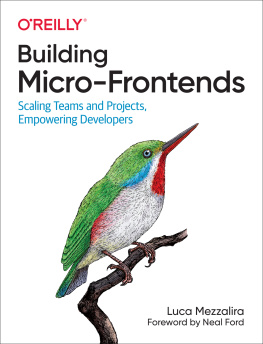

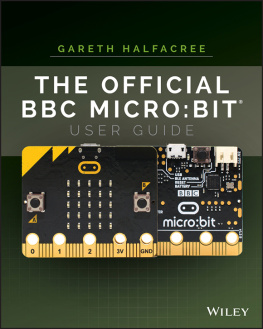

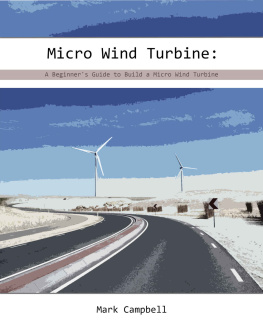
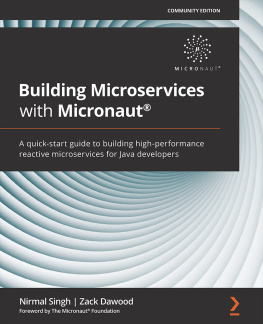
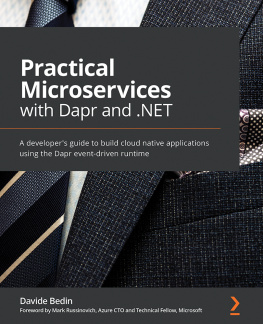
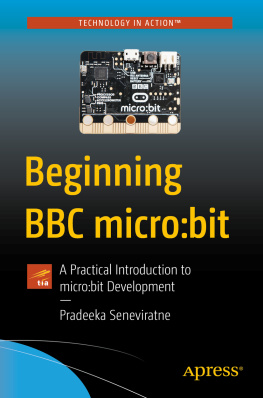
![Luca Mezzalira [Luca Mezzalira] - Front-End Reactive Architectures: Explore the Future of the Front-End using Reactive JavaScript Frameworks and Libraries](/uploads/posts/book/120508/thumbs/luca-mezzalira-luca-mezzalira-front-end.jpg)
![Prashant Padmanabhan [Prashant Padmanabhan] - Java Ee 8 and Angular](/uploads/posts/book/119345/thumbs/prashant-padmanabhan-prashant-padmanabhan-java.jpg)

